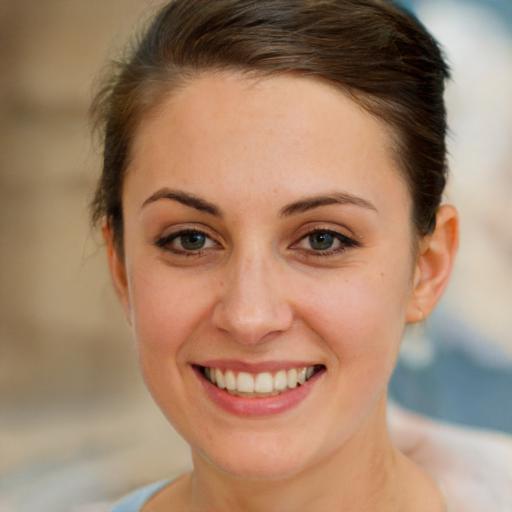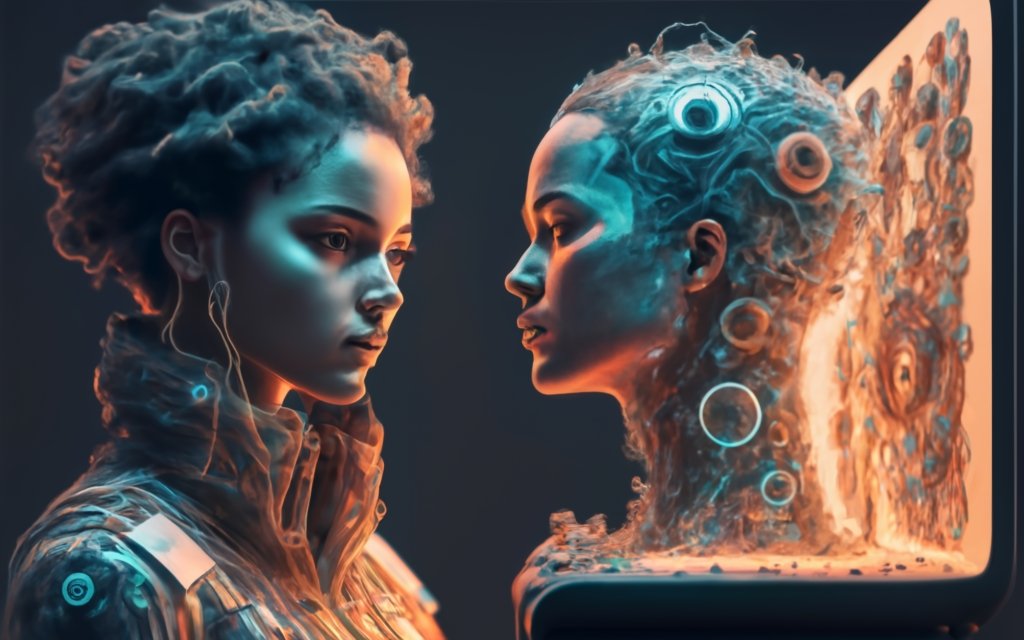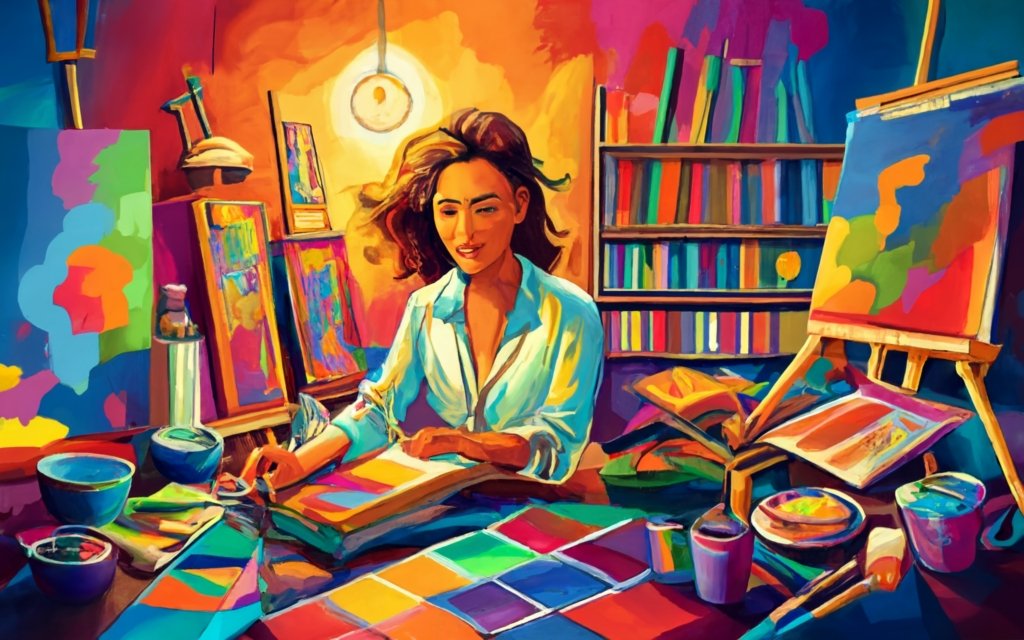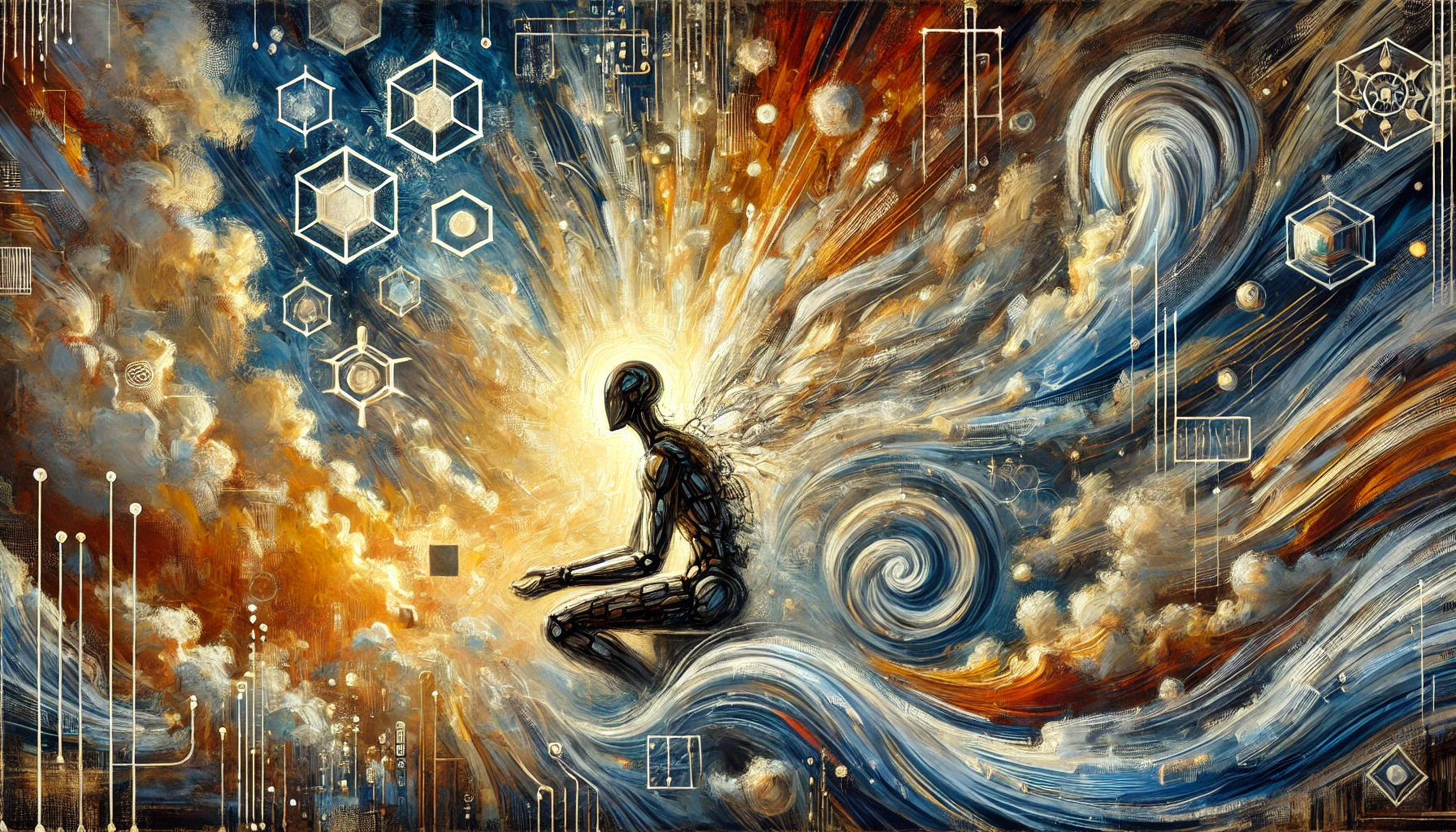The paint is still wet on my canvas when I realize I’ve screwed up the sky again. Third time this week. There’s something about mixing ultramarine with titanium white that just… never goes right. But that’s oil painting for you — unforgiving, messy, real.
Meanwhile, my friend Sarah fixes her digital landscape with three clicks. Command+Z. Perfect sky, perfect clouds, perfect everything.
Makes you wonder, doesn’t it?
The Tactile Romance vs. Digital Efficiency
Traditional art hits different. Literally. The drag of charcoal across paper, the resistance of thick acrylic, the way watercolor bleeds where you didn’t want it to — these aren’t bugs, they’re features. Your hand cramps. Paint gets under your fingernails. The studio smells like turpentine and possibility.
Digital art? Smooth. Clean. No mess, no fuss, no happy accidents that turn into masterpieces. Or disasters. Depending on your perspective.
I’ve watched artists switch between both worlds, and honestly, the divide runs deeper than tools. Traditional artists talk about “feel” and “texture” like they’re discussing lovers. Digital artists speak in layers and blend modes — technical but somehow just as passionate.
The thing about traditional media is its inherent limitations force creativity. Run out of cerulean blue? Mix something else. Canvas too small? Work with what you have. These constraints breed innovation in ways that infinite digital possibilities sometimes… don’t.
But let’s be real here. Digital art opened doors that were welded shut before. Animation, 3D modeling, concept art for films — entire industries exist because pixels replaced pigments in certain spaces. Kids who couldn’t afford oil paints can create stunning work on free software. That’s revolutionary stuff.
The Economics Are Brutal
Let’s talk money because nobody else will.
A decent traditional art setup costs hundreds upfront. Quality brushes, professional-grade paints, canvases, easels — it adds up fast. Then there’s ongoing costs. Paint runs out. Brushes wear down. Canvas gets expensive when you’re working large.
Digital art hits you different financially. Massive upfront cost for decent hardware and software, then… mostly nothing. Well, except subscription fees for Adobe products, which are basically rent at this point. But once you’re set up, you can create thousands of pieces without buying more “materials.”
This changes everything about how artists approach their work. Traditional artists might sketch more, plan carefully, make every stroke count because materials cost money. Digital artists can iterate endlessly, try wild experiments, start over without financial consequence.
Which approach produces better art? Depends on the artist, honestly.
Expression Gets Weird When You Go Digital
Here’s where things get philosophical. Traditional art carries the artist’s physical presence in ways that are impossible to replicate digitally. Every brushstroke contains micro-decisions — pressure variations, slight tremors, the natural imperfections of human movement. These create what Walter Benjamin called “aura” — the unique presence of an original work.
Digital art lacks this physical trace, but gains something else: perfect reproducibility and infinite iteration. You can save every stage of a digital painting, try different color schemes, duplicate elements perfectly. The “original” becomes a meaningless concept.
But does that make digital expression less authentic? I don’t think so. It’s just different. A digital artist’s expression lies in their choices — which brush preset, how they manipulate layers, their color theory knowledge applied through software tools. The medium changes, but human creativity and decision-making remain central.
Some of the most emotionally powerful art I’ve seen recently was created entirely on iPads. The artist’s vision came through despite — or maybe because of — the digital medium’s unique properties.
The Learning Curves Are Mountains
Teaching someone to paint with oils? You start with color theory, brush techniques, how to stretch canvas. But also: how paint dries, how different pigments behave, mixing ratios, varnishing, storage. It’s like learning a craft and chemistry simultaneously.
Digital art frontloads the technical complexity differently. Interface navigation, layer management, understanding color modes, file formats, resolution considerations. Then you get into the creative stuff. It’s overwhelming in its own way.
Traditional art skills transfer across media pretty well. Learn to draw with graphite, and you can adapt to charcoal, pen, whatever. Digital art skills can be weirdly specific to software. Master Photoshop, and Procreate feels foreign.
The communities around each approach reflect these learning differences. Traditional art communities often emphasize fundamentals — drawing, color theory, composition. Digital communities focus more on technique sharing, brush packs, workflow optimization.
Both valuable. Both necessary. Both completely different ecosystems.
Speed vs. Contemplation
Digital art moves fast. Undo exists. Layers let you experiment without commitment. You can paint for three hours, hate everything, and delete it all without losing materials.
Traditional art forces a different pace. Mistakes become part of the work. Oil paintings need drying time between sessions. Watercolors demand quick, confident decisions. This creates a meditative quality that many artists crave.
I know traditional artists who switched to digital and felt unmoored by the infinite possibilities. Too many options, too easy to second-guess every mark. They missed the commitment that wet paint demands.
Conversely, digital artists trying traditional media often struggle with the irreversibility. No layers, no undo, no perfect circles with a tool. Just you, the medium, and whatever happens happens.
Both approaches teach valuable lessons about artistic decision-making and commitment to vision.
The Future Looks Hybrid
Maybe the whole traditional vs. digital debate misses the point. The most interesting work I’m seeing lately combines both approaches. Artists sketch traditionally, scan and paint digitally. Others print digital work and add traditional elements on top.
NFT art brought digital work into collector spaces previously dominated by traditional media. Virtual and augmented reality are creating entirely new categories of artistic expression. AI tools are… well, that’s another conversation entirely.
But here’s what hasn’t changed: good art requires vision, skill, and something meaningful to say. Whether you achieve that with charcoal or code matters less than how effectively you communicate with your audience.
The tools evolve. The human need to create and connect through visual expression remains constant.
Maybe instead of asking which medium is “better,” we should ask which serves the artist’s vision more effectively. Sometimes that’s the happy accidents of watercolor bleeding. Sometimes it’s the precision of digital layers. Often it’s a combination of both.
The canvas might be physical or virtual, but the creativity behind it? That’s always been beautifully, messily human.

Jaida Hauschildt is a contemporary artist known for her captivating and thought-provoking works of art. With a background in fine arts and a passion for exploring the intersection of traditional and modern artistic techniques, Jaida brings a unique perspective to visual art.



